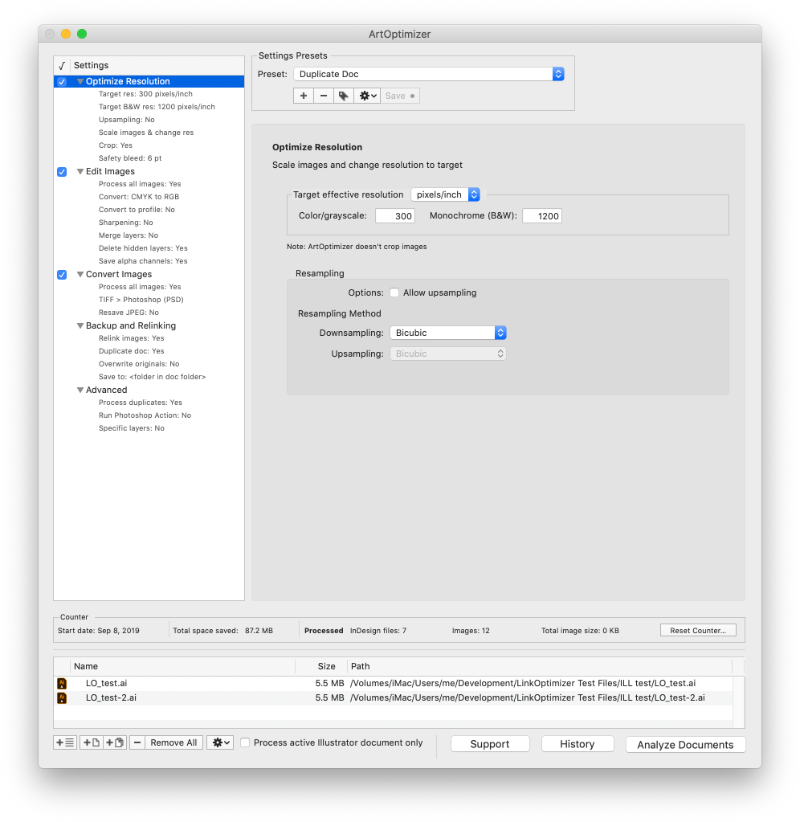In response to an annual survey concluded in January 2010 by the Enterprise Desktop Alliance (http://www.enterprisedesktopalliance.com ), an organization started to help IT departments integrate Macs into the corporate environment, 66% of 322 IT administrators from large organizations with both Macs and PCs stated that their organization expects to increase the number of Macs in their sites.
Additional responses show management priorities and organizational approaches to managing Macs. The respondents cited user preference, increased productivity, and ease of technical support as leading reasons for choosing Macs.
“As a greater percentage of enterprise applications become OS-neutral, the cost to support a more diverse hardware and OS mix will decrease, making Macs a more viable choice for a greater number of users who continue to demand them,” says Michael Silver, vice president and research director at Gartner in the their report, “Gartner Predicts 2010: PC End-User Issues.” “Providers that sell enterprise-class Mac solutions and Mac services may see an increase in demand.”
The EDA survey also explored the major issues for IT administrators in sites that had Macs. Eighty-one percent said that parity in integration and management between Macs and PCs is important to their organization. In looking more closely at the issues of importance to the organizations, security and file sharing among systems emerged as the leading concerns.
Among the issues that ranked as “very” or “extremely” important to the 322 respondents were: file sharing between operating systems, 79%; security, 79%; client management (inventory, patches, compliance), 72%; Active Directory integration, 66%; and cross-platform help desk and knowledge base support, 60%.
“Despite the uncertain economic conditions, Apple can expect the Mac to continue to find acceptance in large organizations,” says T. Reid Lewis, president of the Enterprise Desktop Alliance, and CEO of Group Logic. “More and more solutions are available to help these enterprises address their integration and management issues.”
According to the respondents, 60% of the organizations have a unified support organization whose members support both Macs and PCs. About 14% of the organizations provide official support only for the PCs while the Macs are self-managed.
Conducted from Dec. 15, 2009, until Jan. 15, 2010, the survey had four objectives: to measure plans regarding Mac purchases in large organizations, to assess the importance of Windows-Mac integration, to identify key IT management and administrative priorities related to the integration of the Mac, and to begin to assess relative cost of management for Macs and PCs. Over 500 individuals responded to the survey.
Because of the emphasis on enterprise and large-scale installations such as universities and government agencies, the EDA included the 322 respondents whose sites had 50 or more servers or over 100 Macs. Details regarding the survey questions and responses can be found in a survey report published at the Enterprise Desktop Alliance web site.


